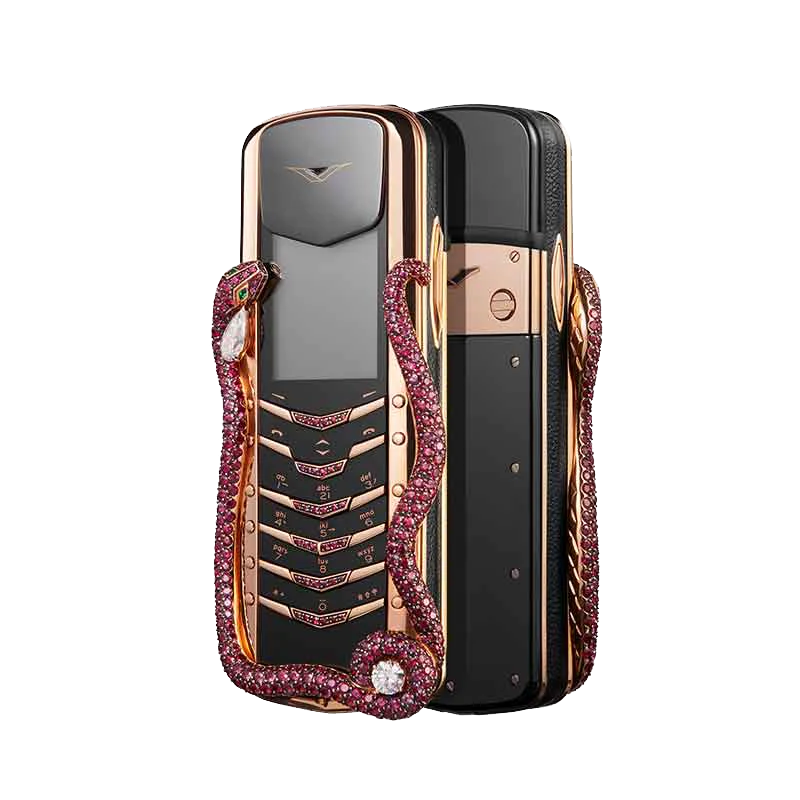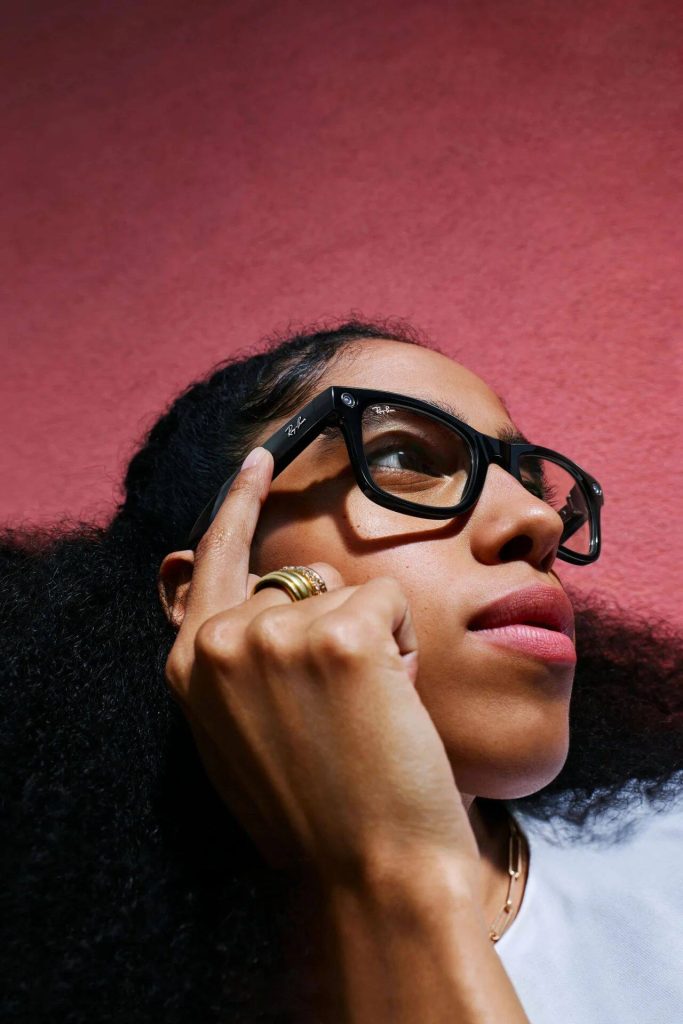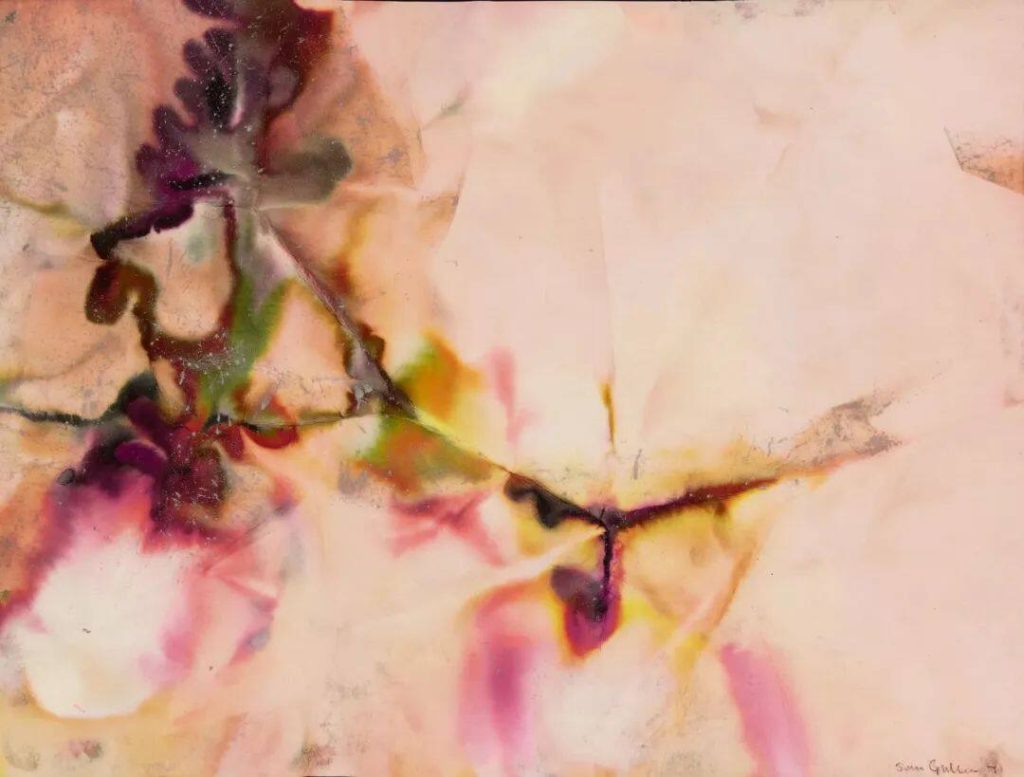When we strip the trend named “Quiet Luxury” or “Old Money”, it is not difficult to find the sports genes contained in it, from tennis clothes to polo shirts, from golf equipment to fencing pants. In the course of the development of modern fashion for hundreds of years, these movements, which symbolize the elite culture, have gone beyond the cycle of trend change and advanced into an eternal classic style.

“Clothing is a manifestation of money culture.” The American economist Van Bolen bluntly stated in his book “The Theory of Leisure Class” written at the end of the 19th century, “To prove a person’s money status, the consumption of clothing is better than other methods, because the clothes we wear are It is clearly revealed anytime and anywhere, and all onlookers can see the signs it provides, and they can know our money status in their hearts.”
However, to this day, Van Bolen’s views may be subverted by the uproar of the old money style-in their daily lives, the most luxurious clothes are often presented in the most simple form. In fact, this low-key but high-end, casual but exquisite fashion summarized by “old money” can not be simply compared with the regular fashion trend. It seems to show a sense of relaxation and high grade inadvertently. Behind it is the wealth and hard power accumulated by generations of family members. In this process, which needs to go through decades or even centuries, the dominant ostentatious symbols are replaced by the hidden fabric technology and comfort. They no longer need the blessing of brand awareness. On the contrary, clothing can provide invisible and thoughtful comfort, which is the most rare luxury.
The suit worn in elite sports such as tennis, polo, golf and fencing undoubtedly take into account the above critical needs, and inadvertently reveal a certain sense of power-they have the same “noble” origin as the old money clan, and initially only serve the European court and the wealthy class, witnessing a social event in a specially built arena. When the smooth battle is over, the clothes for these specific occasions are inadvertently integrated into life, evolving from “sports dress code” to the epitome of “leisure lifestyle.
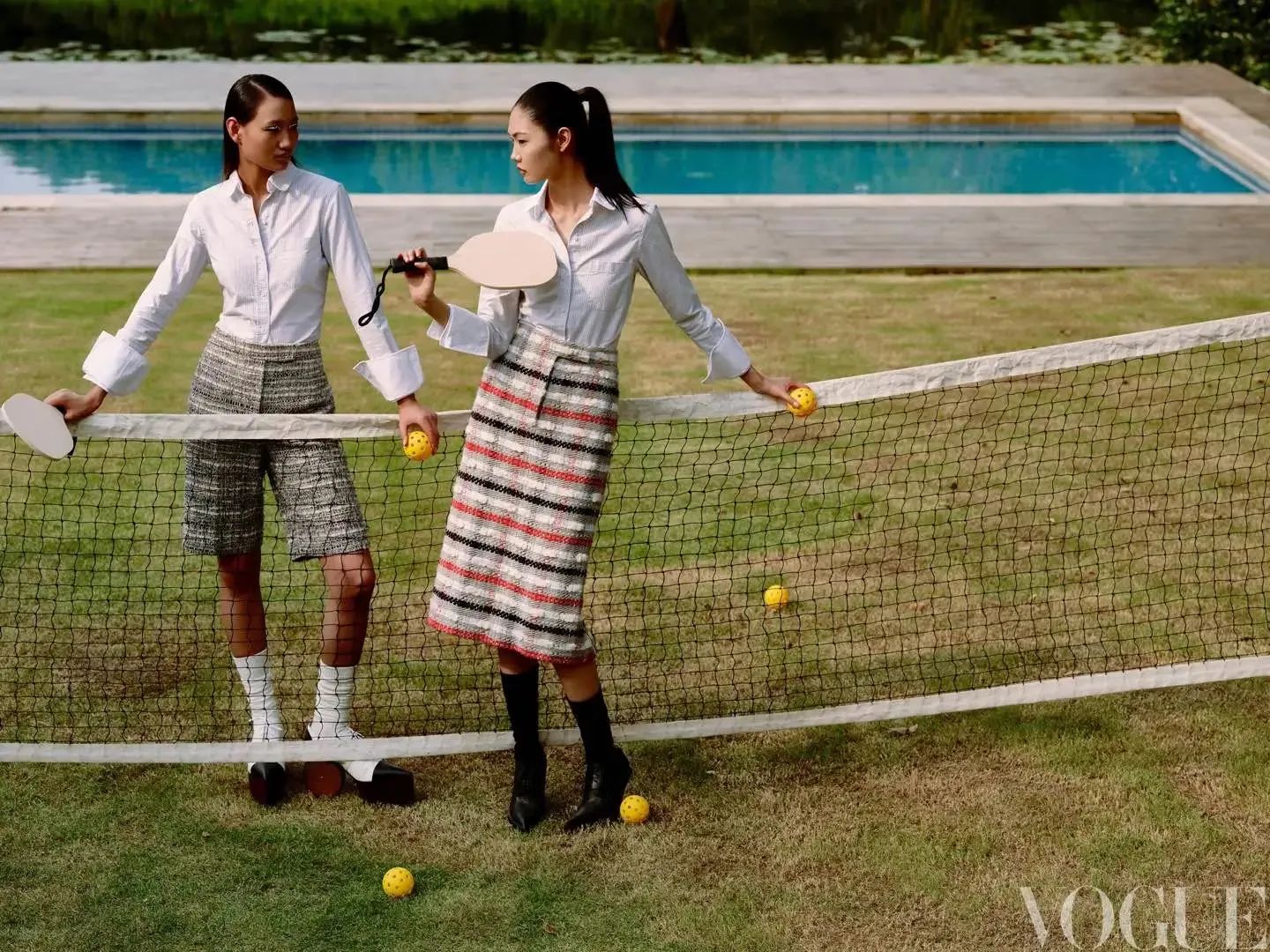
Today, tennis is a common sport for public entertainment, but in the reign of King Louis X of France, ancient tennis will only appear in the court. In 1306, when this sport was introduced to England from France, it won the favor of King Edward III of England at that time, and ordered the construction of indoor courts in the palace. Tennis balls and rackets were made of sheepskin instead. It can be said that from the beginning of the development of tennis, it has been endowed with the meaning of privilege and wealth. Centuries later, at the first modern Olympic Games in 1896, tennis became one of the eight Olympic sports. Former US President Roosevelt also had a soft spot for it. From the European court to the White House in the United States, tennis has been unanimously recognized by the upper class.
Accompanied by a strict sports dress code, for example, Wimbledon requires players to wear a full set of white sportswear, or they may face fines. As Van Bolen argues, “A neat coat is pleasing to the eye, if not entirely, mainly because it contains a hint, a hint of leisure, that the owner of the coat has no contact with any industrial operation”. The first to break through the rules and taboos was French tennis player Suzanne Lenglen. With 21 Grand Slam titles, she hit it off with sportswear design pioneer Jean Patou in the 1920 s to create an eclectic colorful striped decorative tennis skirt. She asked Patou’s design not to limit her movements on the court, while having feminine fashion and soft temperament. As Lenglen swung around the field in Patou’s designs, the fluttering skirts satisfied the dress fantasies of fashionable women off the court, even if they hadn’t really played tennis. Since then, various leisure clothes inspired by tennis have appeared in Jean Patou’s design drawings, serving more occasions suitable for daily leisure and vacation. The combination of Lenglen and Patou succeeded in making tennis “break” in the territory of fashion, inspiring designers to imagine more possibilities for sportswear off the court.
Another tennis star and the personal brand he founded are quite dramatic. French tennis star René Lacoste made a bet with the captain with an alligator suitcase before a match. The winner was dubbed “crocodile” by the media and fans. This gave rise to the Lacoste brand he founded in 1933 and the eye-catching crocodile logo. This year marks the 90th anniversary of the Lacoste brand. In the course of nearly a century, it vividly explains what “bottom-up” fashion influence is. Through the efforts of designers such as Christophe Lemaire, Felipe Oliveira Baptista and Louise Trotter, the charm of tennis has been promoted to the realm of fashion and luxury at the turn of the millennium.
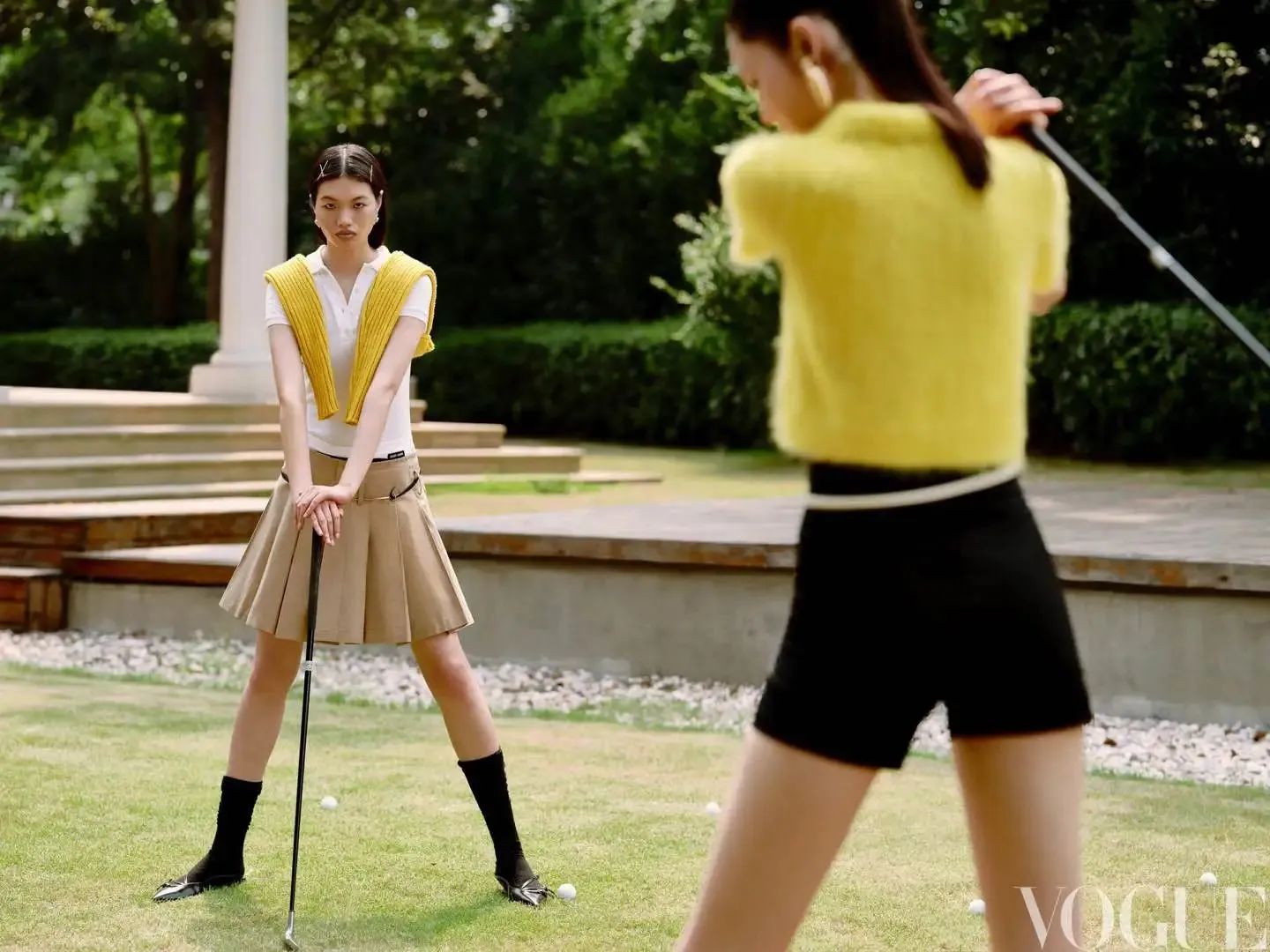
As we all know, Gabrielle Chanel, who was active in the high-end fashion industry in the 1920 s and 1930 s, also took the initiative to move closer to the aristocratic movement in her creation. Inspired by men’s shooting jackets, polo shirts, riding clothes and tweed fabrics, she liberated the hard profile structure in the high-end custom women’s clothing world and replaced it with knitted sweatshirts, stretch pants and tweed suit that are softer to wear, and the leather riding boot design she fell in love with for her equestrian sport. When it comes to equestrian, we have to mention Hermès, who made his fortune. In 1918, under the leadership of Émile-Maurice, the brand’s third-generation inheritor, Hermès introduced the first leather golf jacket with zip trim, made exclusively for Edward VIII, Prince of Wales. In the philosophy of Émile- Maurice, the core values of the brand are “the tradition of leather, sport and refined elegance”.
From the 1920 s and 1930 s, from the tennis court to the high-end fashion industry, from the French mainland to the two-way rush of elite sports and luxurious lifestyle, in the view of fashion curator Richard Martin, to trace the real source of this change, we cannot ignore the power of American sports fashion-the great depression that began in 1929 forced the American fashion industry to focus on practical local styles and designs and reduce the competition of imported goods, among them, sportswear played a vital role. He regarded it as “American invention, American industry, and American style expression”.

Martin’s point of view is not unreasonable. At the same time when Lacoste was officially founded in France, Clare Potter and Claire McCardell, two female designers from new york, gained a firm foothold in the fashion industry with their sporty daily wear works, which fit the lifestyle changes of the American middle class in the first half of the 20th century. The implementation of the five-day working day and the eight-hour working day has greatly improved the practicability of leisure sportswear. In addition, with the help of American fashion media and advertisers, sportswear has been endowed with the concept of pursuing a healthy life and a positive life. It has a tendency to replace holiday clothes (clothes specially used for luxury travel such as cruise ships and sailing ships), and even further sublimate into the epitome of modernity and American ideals.
However, the American manufacturing at that time, whether in terms of fabric or craftsmanship, still could not be compared with the profound accumulation of French fashion, and the arrogant fashion industry only described the American sports style as “something that cannot be seen in Paris”. The real turning point came after World War II, when, with the lifting of the fabric rationing system, American designers were able to move away from denim, cotton and flat knitted fabrics and instead work with high quality foreign fabric makers to add quality to sportswear’s comfort. Although American fashion designer Rudolf Gernreich is not well-known at present, his name reflects the trend of outward exploration of the clothing industry in the United States in the 1950 s and 1960 s. As a freelance designer, he also worked part-time as a fabric salesman, which led him to use double-knit technology developed in Italy to create a series of easy-to-wear knitted sports suit.
The “break” begins
As an important place for fabric research and development and trading, Italy has undoubtedly played a key role in improving the quality of American sportswear. Looking back at the brands that now symbolize the old money family’s dress preferences, one of them, Loro Piana, became a world-famous supplier of wool and cashmere fabrics after the end of World War II. Of course, the unique advantages of raw materials and the tradition of garment making also provide fertile ground for the development of Italian local designers, including Mariuccia Mandelli, founder of Krizia, and the emergence of Ottavio Missoni. John Fairchild, a famous media person, once called them “the first to make exquisite sportswear”.
Compared with American style, the biggest difference of Italian sportswear is the word “exquisite”. Among them, Emilio Pucci, Ottavio Missoni and others also had the experience of athletes before becoming designers. Missoni’s fashion career began with the production of wool sportswear in the northeastern Italian city of Trieste with track and field teammate Giorgio Oberweger, whose design also appeared on the world stage as the official uniform of the Italian Olympic team.
Mr. Cucinelli, the founder of Brunello Cucinelli, a well-known Italian cashmere brand, began his career as a model. “When I was 24 years old, I was hired as a model by a sportswear company near my home, which had a global top position in ski and tennis apparel.” It was in the process of work that Cucinelli came up with the idea of self-reliance, and took the colorful cashmere pullover as the brand’s main brand. “The idea I insist on is that the clothing is made with Italian craftsmanship. Although the price is high, it is worth the money and focuses on the market segment of ‘top luxury.” It can be said that the work experience in the sportswear company has also influenced the brand style established by the Cucinelli to some extent. In the American market in the same period, a POLO shirt with a polo swing pattern won the American sports style the right to advance to the world’s high-end fashion.
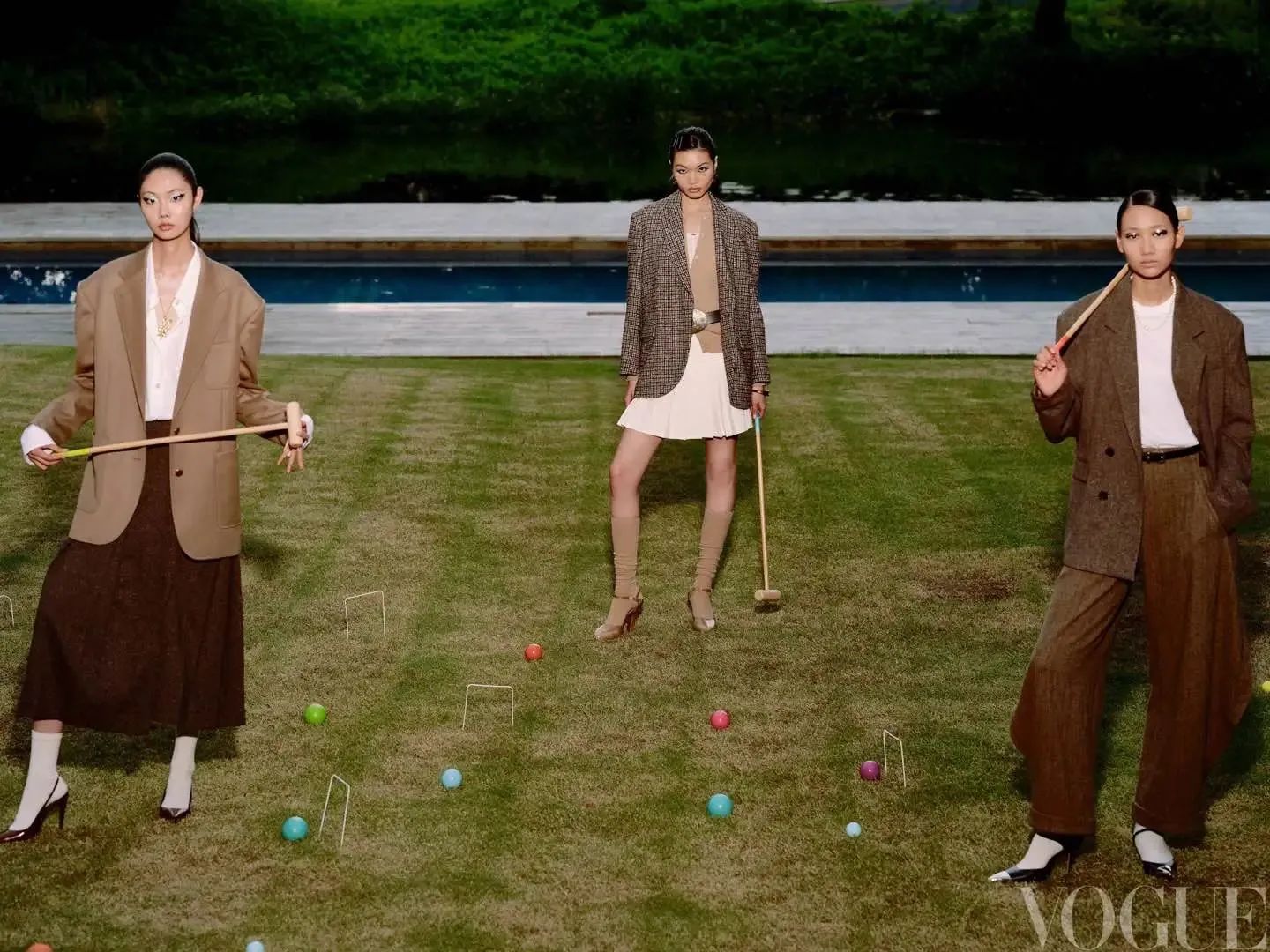
For a long time, polo and golf, equestrian, racing and so on have been called aristocratic sports, but if you look further, you will find that polo is the most “money-burning” among them, which refers not only to the equipment of athletes, but also to the dress of the audience. As early as the Victorian era, polo players needed to wear white flannel trousers, a white polo shirt and a white shirt with a neat neckline, and for carefully dressed spectators, the competition organizers also set the best dress award and the best hat award for them to promote the “elitization” of the sport without dead ends “. In 1876, James Gordon Bennett introduced polo to the United States. Nearly 100 years later, Ralph Lauren took the luxurious lifestyle represented by polo as the starting point and defined the American dream in the hearts of a generation with polo shirts.
Ralph Lauren, who was born in an ordinary family, was shocked by the battle he saw when he participated in the polo competition for the first time. “Those silverware, those leather, those horses, those blondes with big hats, that is I am not familiar with high society.” Before creating the American dream with fashion, polo planted the seeds of pursuing an ideal life in his mind. Therefore, in the late 1960 s, he took 50,000 US dollars borrowed from the bank and started his career of mainly playing polo shirts, and decorated the silhouette embroidery of polo sports on the chest of simple POLO shirts.

“The POLO shirt has never been just a piece of clothing, but a way of life.” As Ralph Lauren said, in the 1974 version of the movie “The Great Gatsby”, the color POLO shirt he designed, together with the film The mansions, beauties and beautiful scenery in the film constitute a complete narrative of American luxury, which has been consistent for more than half a century. As Oprah Winfrey said in his speech to celebrate the brand’s 50th anniversary in 2019: “For 50 years, your clothes have been our dream.” In his view, the secret of this dream to transcend history and continue to radiate light and charm lies in the modernity and relaxation of the POLO shirt. “It is a classic, it can be worn now, and it can be worn at any time”.
Qualitative change of tidal current
Although the trend in the 1970 s and 1980 s was not friendly to those who adhered to the low-key and luxurious fashion concept of the old money style, there were still a group of American designers, such as Donna Karan and Norma Kamali, who continued to try to combine sports fabrics with high-end fashion language. At the same time, Karl’s Lagerfeld entry into Chanel has also become an opportunity for the high-end fashion industry to turn the wind. By the 1990 s, Lagerfeld specially developed sports series for the brand, and theme designs related to track and field, surfing and skiing also appeared in several seasons of garment conferences.
In 1997, Hermès’s luxury sportswear also ushered in a turning point in equestrian creativity. At that time, Martin Margiela, who was the best in conceptual creativity, became the creative director of the brand. Surprisingly, Margiela converged with the radical experimental tendency in personal brands, and instead explored the limits of daily luxury with Hermès’s craftsmanship, from the leather golf zipper jacket in the file, the adjustable jacket, equestrian pants and detachable saddle bag with waist decoration are extended, and elite dressing elements such as flying clothes and sailing clothes are added. The successor Jean Paul Gaultier added a strong sexy style to the equestrian style, from the cavalry training ground of the Paris Military Academy shown in his first show to the dressage team staged in the farewell show, models dressed in equestrian element suit and accessories take a strong step, and the leather on their bodies is particularly bright and tight, like a second layer of skin. Of course, the contribution Vanhee-Cybulski Christophe Lemaire and current women’s art director Nadège cannot be ignored. The Lemaire, which moved from Lacoste to Hermès in 2011, has injected brand-new nomadic styles into the brand, such as falconry and archery elements, which are more elite and mysterious than equestrian sports, but the shape is more relaxed.
Nadège Vanhee-Cybulski, who is now in charge of Hermès women’s clothing series, has a career resume that can sort out a vein of the growing old money style in the 21st century. After graduating from Antwerp’s famous fashion institute, he Vanhee-Cybulski moved to Céline during Martin’s Margiela and Phoebe Philo’s period, and also served as the design director of The Row. In other words, after entering the 21st century, this quiet, low-key and high quality fashion aesthetic has woven a stable network of relationships in the industry, and its style remains tough and stable despite changes in trends.
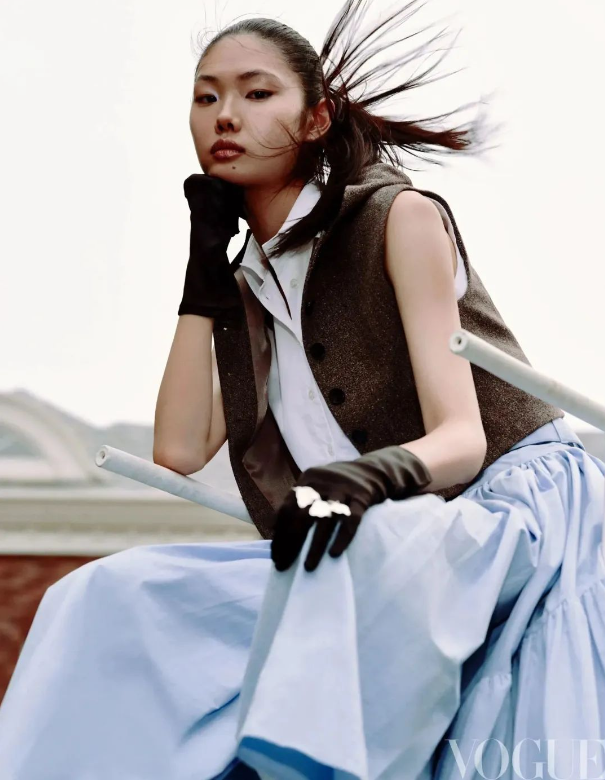
This net also contains Clare Waight Keller, who is eagerly looking forward to her return. She is famous for her outstanding performance in Chloé period, especially the fashion design that takes into account both English leisure and French delicacy. However, what is less known is that her years of working experience in Ralph Lauren and Pringle of Scotland, not to mention the latter’s involvement in cashmere field in the 19th century, have laid a solid foundation for her “good taste, it is the clothing sponsor of many famous golfers and the owner of the royal authorization of the Queen of England, so there is a natural trace of luxury sports in her design.
However, Phoebe Philo, another British female designer who is also receiving much attention and is about to come back, also responded to the dressing style of elite sports during her tenure as Céline, whether it was the leather stripe stitching suit of racing clothes in autumn/winter 2012 series, or the POLO shirt, knitted overskirt and mesh perspective material inspired by Paris Tennis Club in spring/summer 2014 series, redefine the expression of these special sports in fashion design in the form of stylization.
Stella McCartney, a classmate and best friend who graduated from St. Martin with Philo, also knows this well. In the latest autumn and winter 2023 series, McCartney directly moved the conference to the racecourse built in the 18th century. In the design, she reinterpreted the hunting costume and British equestrian costume specifications. The hussar jacket, short vest, complete set of sports modeling and oversized knitwear were laid out in elegant and stable colors such as dark brown, sapphire blue and black, and decorated with eye-catching red lines, and it’s complemented by textured and improved riding boots-still sustainable, in vegan leather, but with excellent texture.
Mention equestrian, naturally cannot but mention Burberry. After taking office, creative director Daniel Lee immediately brought a brand-new knight logo, which was born around 1901. The knight on horseback walked with a spear in his hand, and the word “Prorsum” on the flag was the Latin word for “forward. In the autumn and winter 2023 series, this vivid pattern of brush strokes was enlarged on the asymmetric white dress, and matched with sassy leather riding boots, which outlined the appearance of a contemporary female knight. It is worth mentioning that the new Knight bag slung by the model comes down in one continuous line: the equestrian style buckle inspired by the equestrian riding logo not only embodies the brand’s collection elements, but also represents excellent functionality. The buckle is fixed in different positions, and the shape of the bag will change accordingly.
Maximilian Davis, a new creative star in the younger generation, seems to be inspired by the old money style, which is also the most appropriate style for Ferragamo with a long history. In this Italian luxury “cuisine” cooked by Davis, the fencing element is the key seasoning to add flavor. From pure and delicate cream white to cocoon-shaped silhouette, the practicality of the fencing suit is preserved, and the details are added with modern treatment, but not overwhelming. Only the wearer can feel the subtlety of the design.
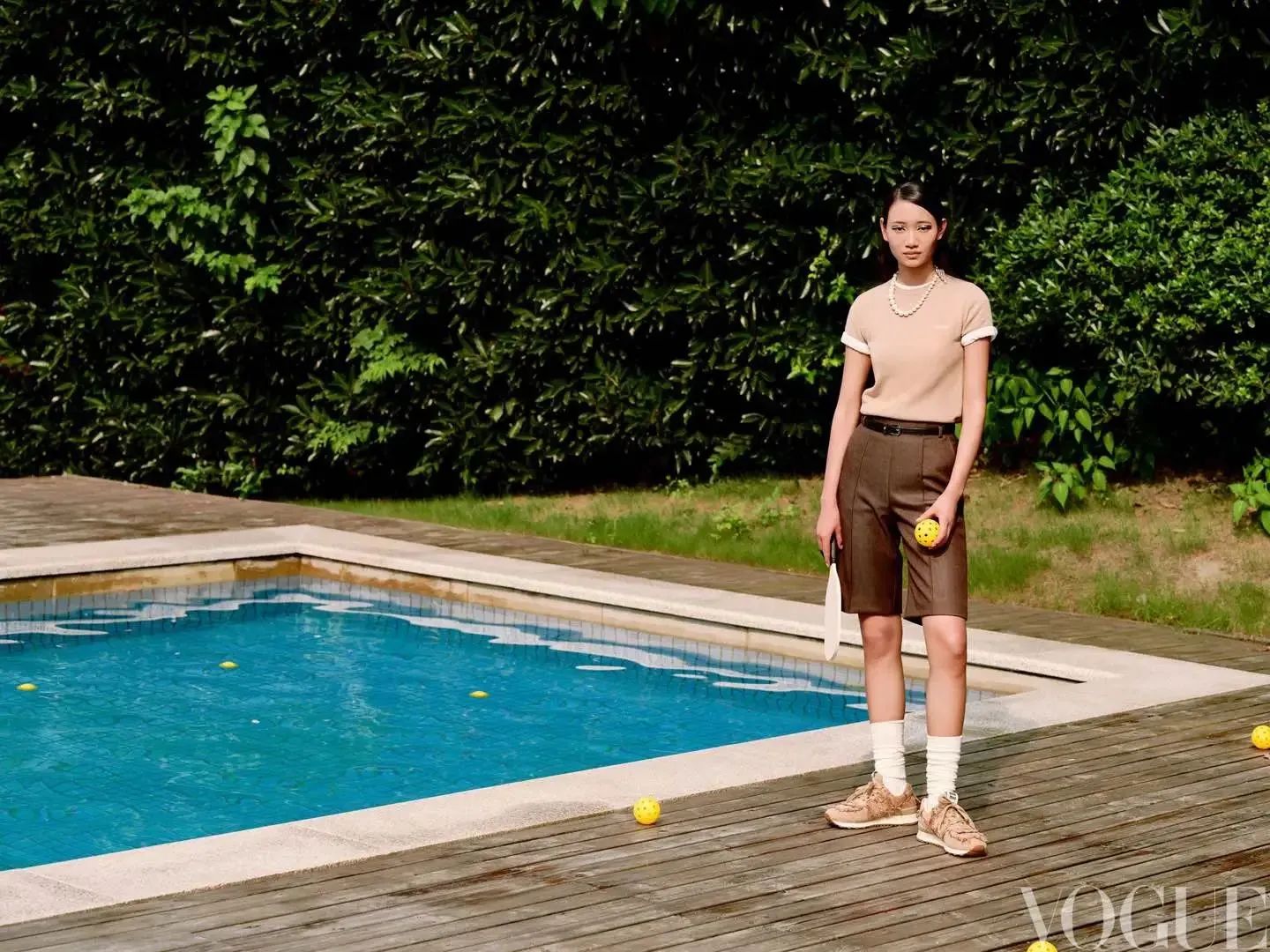
“They’re probably the most drab style on the planet, but I wanted to give them some surprising creativity.” Vanhee-Cybulski’s statement backstage at the Hermès 2023 fall/winter women’s clothing series conference was sincere and powerful. It is undeniable that luxurious sports attire has been interpreted countless times, but quality makers like her still hope to go further. The vest skirt knitted with gold and silver thread shows concave and convex wavy texture. Noble amaranth red, copper yellow and amrett brown are common in the horse farm but have not been specially used in fashion. Stirrup buttons and metal chains are the finishing touches on quilted jackets, the satin rider cap and inverted horseshoe stud heel echo the brand’s foundation. “I want to maintain the tradition of dress, but to find the right balance between pattern and fabric”, Vanhee-Cybulski simple words may be the essence of luxury sportswear in the long history of “balance”, which is the secret of style victory.
(Source: Vogue)





